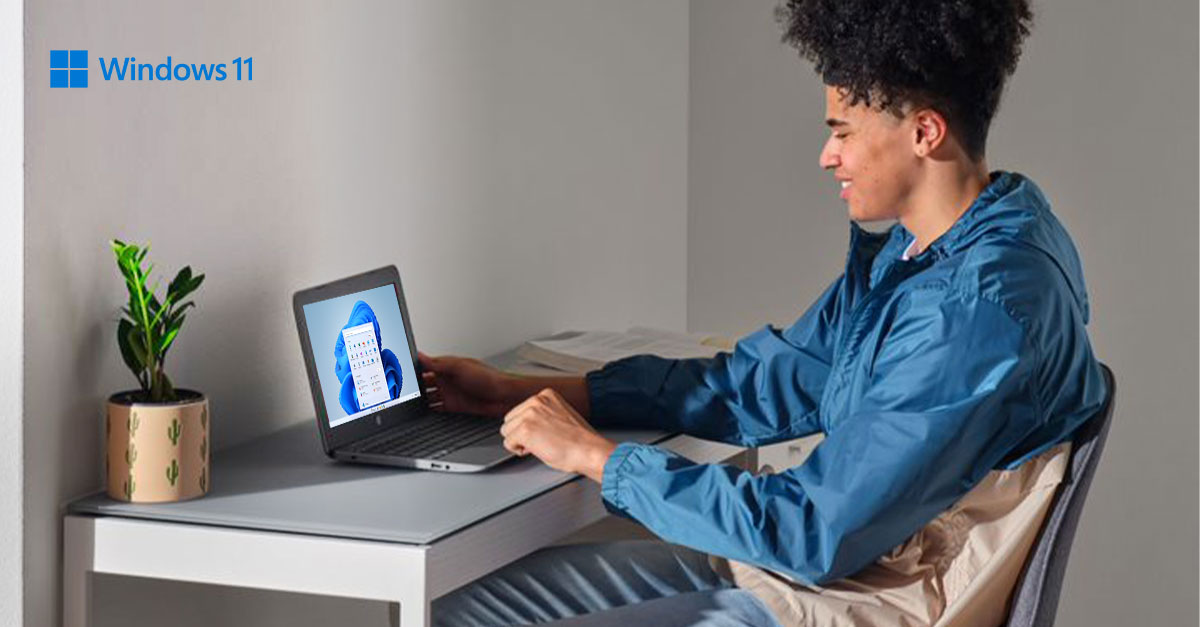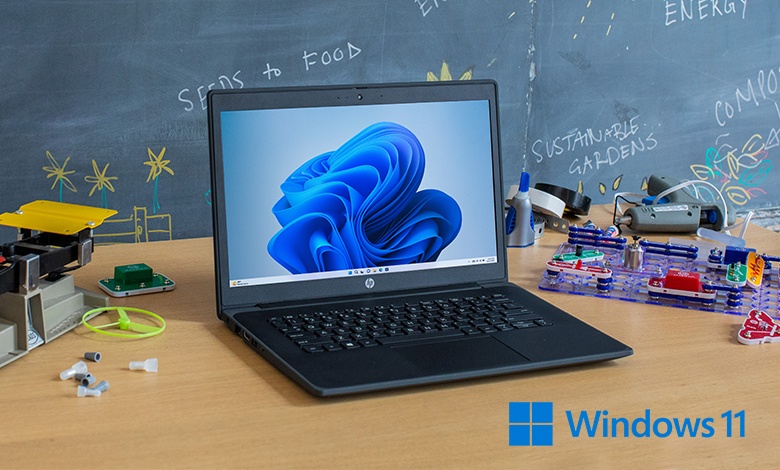All students deserve access to an equitable education—including best-in-class learning solutions and technologies—regardless of their ability, income, language, location, or identity. They need access to learning materials as well as the means to create and collaborate with other students and teachers, securely and at scale.
At the same time, teachers need to create an engaging learning environment—in the classroom, online, or hybrid— that meets the needs of students of all abilities and learning preferences. Administrators must provide secure, reliable access to devices, apps, and information while overseeing limited technology budgets and maintaining equity for all learners, regardless of socioeconomic status.
According to a recent Gallup survey, approximately 65% of teachers surveyed say they use digital learning tools to teach every day.
And in today’s post-pandemic environment, equity is especially significant. The National Education Association found that an estimated 25% of 5- to 17-year-old students didn’t have what they needed for online learning.
To help educators unlock the full potential of every student, Microsoft reimagined Windows, offering powerful tools to learn, collaborate, and create in a secure and trusted environment. Windows Education was designed to bring even more features to support the inclusive and equitable approach to education.
Inclusively Designed
Accessibility features support inclusion for students with diverse abilities and learning styles. Each student should have the resources and support they need to reach their full potential.
2.5 million students in the US alone have learning disabilities, such as dyslexia
52% of U.S. teachers have non-native English speakers in their classrooms
Source: National Education Association
Windows 11 offers built-in tools that help create a non-stigmatizing learning environment for students of all abilities and learning styles. For example, students can use a digital pen to write and draw. They can also access files and apps using their voice or gestures. For visually impaired students, the Immersive Reader feature can support students who are learning to read or for those that need extra help. Teachers can leverage real-time closed captions to help students with hearing impairments or to maintain quiet in the classroom.

All Windows 11 devices come with high-definition cameras and includes smart features to filter out noise and distractions. For students with vision loss or color-blindness, there is a new offering called Color Filters which has six built-in options to enhance visibility.
Secure and Scalable
Approximately 13% of educational institutions have reported ransomware attacks—the most of any sector. By using a multi-layered approach—from the device to the cloud—Windows 11 devices help educational institutions protect student privacy and avoid phishing scams, cyberthreats, and other malicious activity, at school and online.
Windows 11 offers powerful, always-on security that’s instantly available such as Windows Defender Antivirus, delivering built-in threat protection that helps detect and block malware, and Windows Defender SmartScreen to help protect students from unsafe web content and downloads.
IT leaders can optimize today’s learning environment and keep devices running smoothly all year long with zero-touch deployment and management. Windows 11 comes with:
- Windows Autopilot: Low-touch deployment and management via the cloud
- Azure Active Directory (subscription sold separately): Enable single sign-on to minimize disruption and manage identities and access
- Intune for Education: Simplify management and deployment while optimizing device performance all year long
A Partnership to Support Teachers and School Districts
Without the right technology partner, implementing a new solution takes time, IT resources, and several rounds of trial and error that can disrupt educators’ ability to teach. Together, Connection and Microsoft provide education-first technology solutions to schools. In addition to equipping educators and students with the appropriate devices and software, Connection also offers:
Configuration and Deployment Solutions: Connection’s Technology Integration and Deployment Center can deliver a district-wide deployment of devices configured to each school’s needs for out-of-the-box readiness. Connection can tackle provisioning, imaging, kitting, and asset tagging prior to deployment to help alleviate the work on IT teams.
Professional Development and Training: Connection is a certified Microsoft Global Training Partner. Our in-house trainers are former teachers that can work with school districts to deliver resources and instruction to educators on the best way to utilize their Microsoft products to create a personalized learning environment.
Cybersecurity Assessments and Advisory: Connection offers advisory services to help optimize school system cybersecurity. Experts can assess the school’s environment, identify risks, and provide strategies to remedy unsafe areas. We also can help districts maintain a secure environment through managed services, 24/7 monitoring, and incident response.
Cloud Journey Support: As a Microsoft Azure Expert MSP, our cloud experts can guide you through workload migrations and constructing customized cloud solutions. Connection will work to ensure your Azure environment is working the way you need it to—at a cost that won’t break your budget.
To learn more about Windows 11, contact your Connection Account Manager or visit the Microsoft Education page for additional resources on equitable learning.


